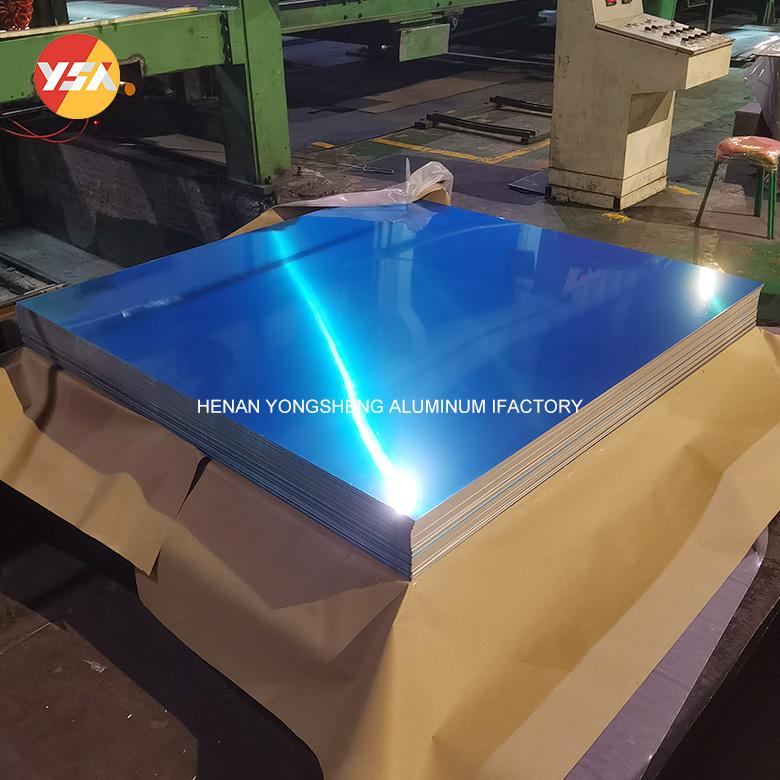When choosing between aluminum 6061 and 5083, engineers, fabricators, and manufacturers must consider strength, corrosion resistance, weldability, and cost. This guide compares their properties, applications, and trade-offs to help you select the right alloy for your project.
1. Overview of Aluminum 6061 vs 5083
| Property | Aluminum 6061 | Aluminum 5083 |
|---|---|---|
| Alloy Type | Heat-treatable (6xxx series) | Non-heat-treatable (5xxx series) |
| Major Alloying Elements | Magnesium (Mg) + Silicon (Si) | Magnesium (Mg) + Manganese (Mn) |
| Tensile Strength (MPa) | 115-310 | 275-345 |
| Corrosion Resistance | Good (anodizable) | Excellent (marine-grade) |
| Weldability | Good (TIG/MIG) | Excellent (low cracking risk) |
| Machinability | Very Good | Fair |
| Typical Uses | Automotive, aerospace, structural parts | Shipbuilding, marine, cryogenic tanks |
2. Mechanical Properties Comparison
Strength & Hardness
- 6061 (heat-treatable):
- T6 temper reaches ~310 MPa tensile strength.
- Weaker than 5083 in as-welded condition.
- 5083 (work-hardened):
- Maintains higher strength in welded joints (~275 MPa).
- Preferred for high-stress marine & structural applications.
Ductility & Formability
- 6061 bends and machines easier (good for CNC parts).
- 5083 is less formable but better for welded pressure vessels.
3. Corrosion Resistance
| Exposure Condition | 6061 Performance | 5083 Performance |
|---|---|---|
| Saltwater (marine) | Moderate (requires coating) | Excellent (best choice) |
| Industrial chemicals | Good with anodizing | High resistance |
| Outdoor weathering | Decent (anodized) | Naturally resistant |
Key Takeaway:
- 5083 is the winner for seawater & harsh environments.
- 6061 is cost-effective for general use when anodized.
4. Weldability & Fabrication
| Factor | Aluminum 6061 | Aluminum 5083 |
|---|---|---|
| Welding Method | TIG, MIG (filler: 4043/5356) | TIG, MIG (filler: 5183/5356) |
| Post-Weld Strength | Weakens in HAZ* | Retains >90% strength in HAZ |
| Cracking Risk | Higher (needs pre-heat) | Very Low |
*HAZ = Heat-Affected Zone
Best for Welding? 5083 (ideal for shipbuilding & tanks).
5. Cost & Availability
- 6061 is cheaper & more widely available (common in stock shapes like bars, sheets).
- 5083 costs ~20-30% more (due to higher Mg content & specialized demand).
Trade-off:
- Budget-friendly projects → 6061 (good enough for most applications).
- Extreme environments → 5083 (justifies higher cost).
6. Common Applications
Aluminum 6061 Typical Uses:
- Aircraft fittings (non-critical parts)
- Automotive frames & wheels
- Machined components (brackets, gears)
- Structural extrusions (window/door frames)
Aluminum 5083 Typical Uses:
- Ship hulls & offshore platforms
- Cryogenic LNG tanks
- Pressure vessels & chemical storage
- Military & marine applications
7. Which One Should You Choose?
Choose 6061 if you need:
Lower cost
Easier machining & forming
General structural use (non-marine)
Choose 5083 if you need:
Superior corrosion resistance (seawater, chemicals)
Higher as-welded strength
Marine & high-pressure applications
Final Verdict: 6061 vs 5083
- 6061 = Best for mechanical parts, automotive, and cost-effective construction.
- 5083 = Best for marine, extreme environments, and welded heavy-duty structures.
For harsh conditions and saltwater, 5083 is unbeatable. For general engineering & machining, 6061 offers better affordability and workability.

